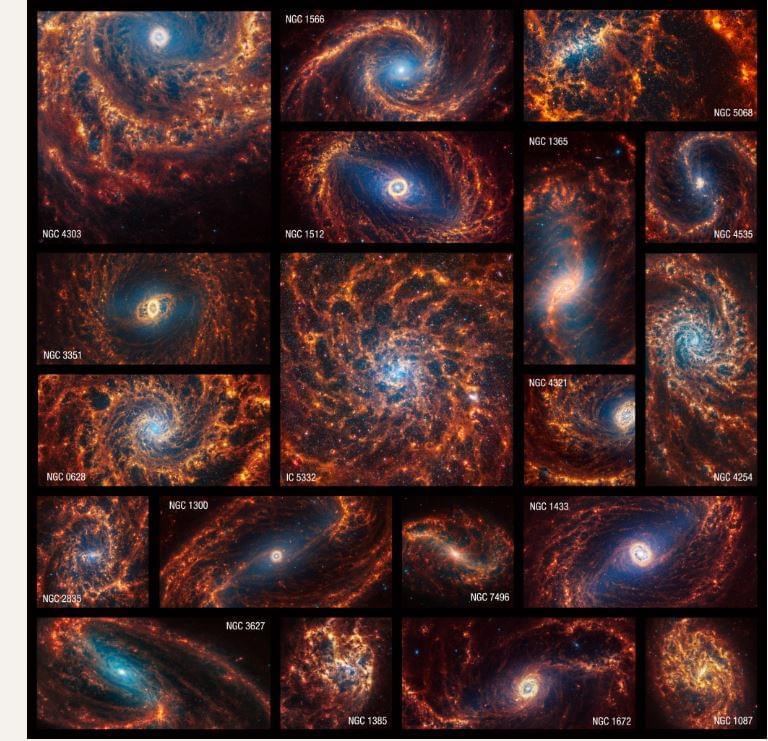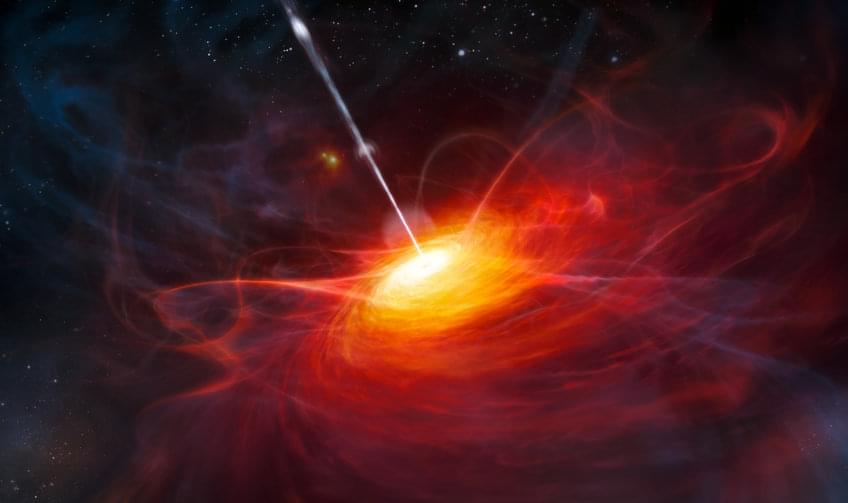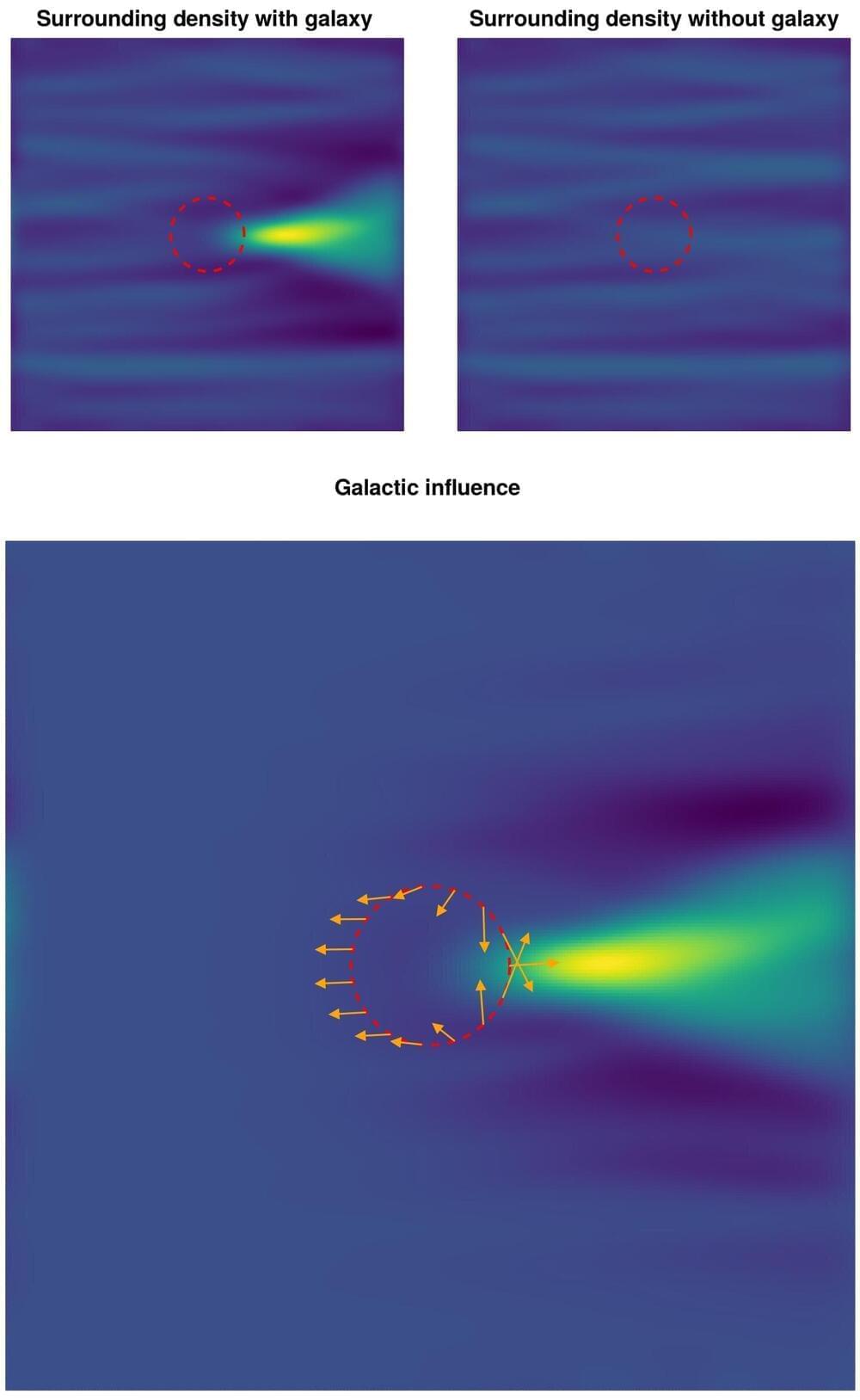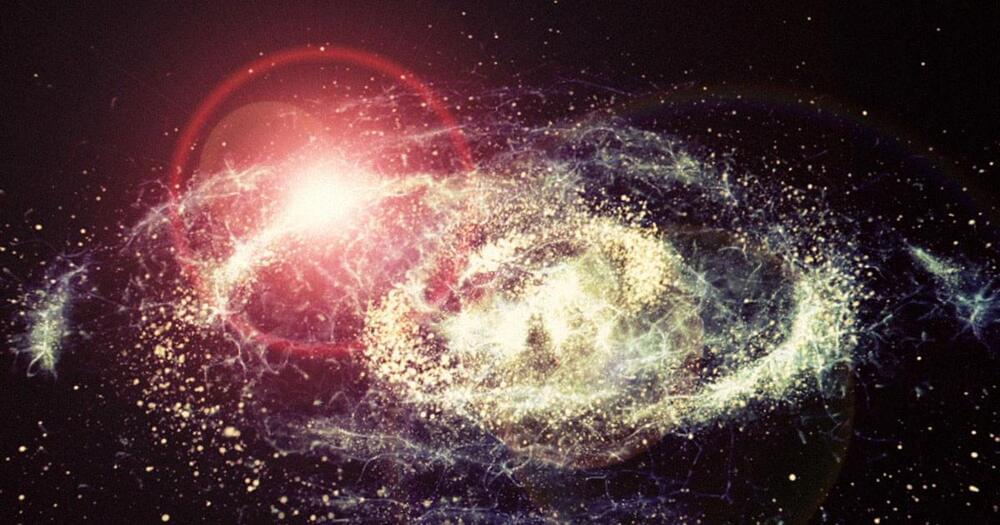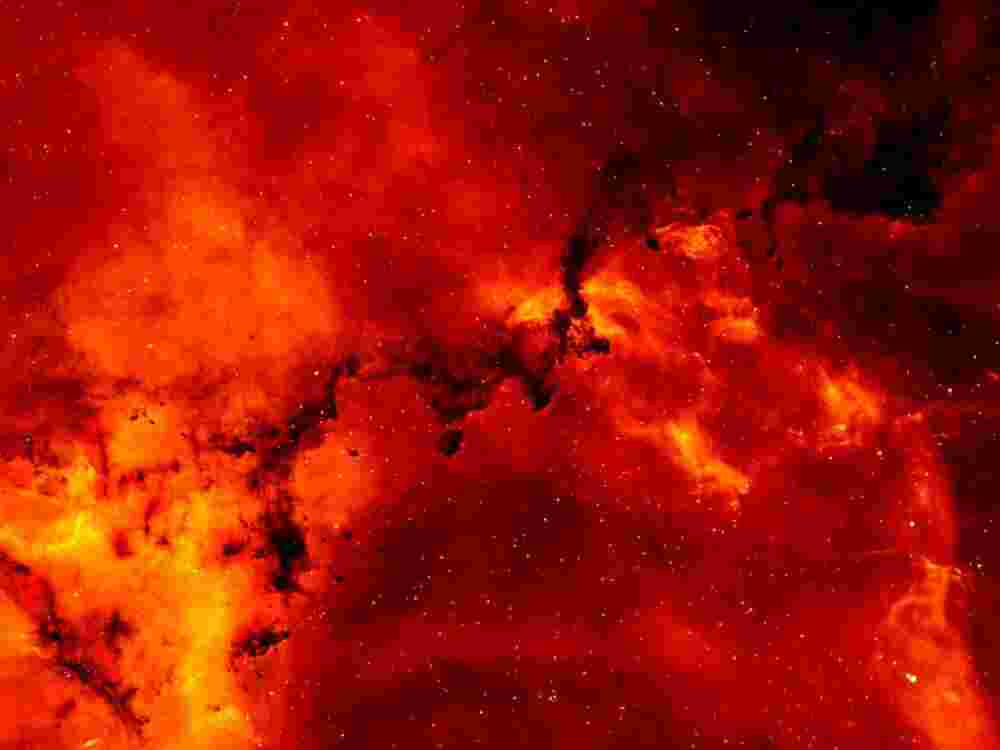Some of the most bizarre and interesting objects in the Universe are stars. Let’s go on a journey and discover what happens when physics is taken to the most extreme.
Chapters:
00:00 Intro.
03:33 Red dwarfs.
04:53 White dwarfs.
06:39 Black Dwarfs.
08:15 Neutron stars.
13:36 Quark stars.
15:58 Strange stars.
16:35 Electroweak stars.
17:38 Planck stars.
Sources:
All about star birth, life, and death:
https://en.wikipedia.org/wiki/Stellar…
About neutron stars:
https://www.space.com/22180-neutron-s…
What happens inside a black hole? Nobody knows!
https://www.space.com/what-happens-bl…
What is a Planck star? — Ask a Spaceman! Dr. Paul M. Sutter.
